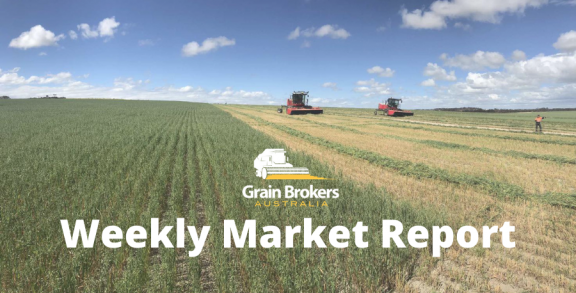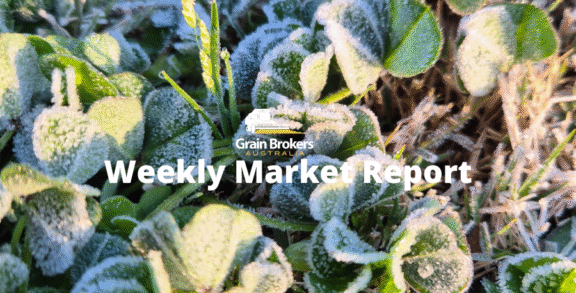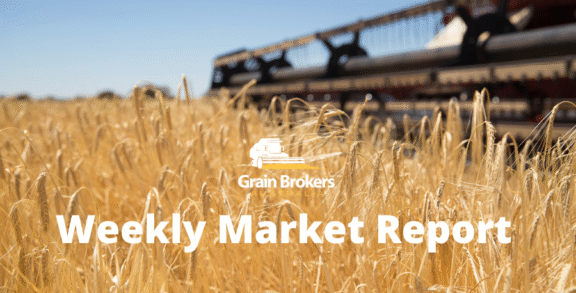
The final winter crop production numbers for 2020/21 are in, and it was a bit of a mixed bag for Canadian farmers according to the latest Production of Principal Field Crops report from Statistics Canada (StatCan). They produced their largest wheat crop since 2013, but hotter than average temperatures during flowering led to the lowest canola output in the last five years.
Conditions for harvest across the country were significantly better than the rain-interrupted edition in 2019. The favourable weather led to early completion of harvest activities in many regions, with most of the crops in Western Canada already harvested before the start of the production survey period on October 9, 2020.
Canada is the world’s biggest producer and exporter of canola and StatCan pegged production at 18.72 million metric tonne (MMT), down 4.5 per cent on last year, but off a slightly lower seeded area of 8.41 million hectares (Mha).
However, it is the third consecutive annual decrease with the harvests in 2017, 2018 and 2019 producing 21.46MMT, 20.72MMT and 19.61MMT respectively. This year’s national yield came in at 2.22 metric tonne per hectare (MT/ha), 3.5 per cent below the five-year average of 2.3MT/ha.
The Canola Council of Canada has a team of agronomy specialists located across the Prairies. They analysed production in all regions throughout the 2020 growing season and concluded that there were five major yield-robbing factors that affected production this year.
The first, and probably the most damaging, was hotter than average July temperatures, particularly in Manitoba and Saskatchewan. The heatwave hit right at the peak of flowering, leading to the abortion of flowers and poor pollination. This reduced seed set resulting in a higher than normal level of missing or empty pods.
Secondly, plentiful soil moisture supplies at planting did not inspire the root system to dive as deep as desired in search of water in the early part of the growing season. When the rain stopped in late spring, the plant then channelled its energy into root growth to stay alive, meaning less energy was available for seed production.
While the snow and rain that delayed harvest in the autumn of 2019 meant excellent spring sowing conditions, it led to the third issue. The crop that overwintered in the field had to be harvested before the 2020 planting campaign could commence. The soggy conditions delayed that process leading to a late plant in the affected regions.
The Prairies experienced a windier than normal spring and summer, leading to delays in the application of herbicides. This allowed the weeds to grow bigger and stronger, competing for vital sunlight and soil nutrients. The windy conditions also forced flea beetles to take shelter on canola stems where they can cause even greater yield loss.
Lastly, the 2020 season saw a rebound in the prevalence of blackleg, particularly in Manitoba, and verticillium stripe was also found across a larger proportion of the nation’s crop, leading to yield penalties in the affected crops. Again, the windy season reduced the timeliness of pesticide and fungicide applications.
The pace of canola exports has been brisk so far this season and combined with robust domestic demand means that there is a real threat of running out before next year’s harvest. Exports and the domestic crush need to slow down, and there is already evidence of price rationing. However, the current market remains inverted, which is telling farmers to sell now rather than carry into 2021.
Canadian canola futures rallied to their highest level in 7½ years last Friday on follow-through buying after the market spiked on Thursday when the lower than expected crop estimate was released. Values were also boosted by the global oilseed rally that reflects unease about South American soybean production and the voracious Chinese buying.
StatCan estimated Canada’s wheat production finished up at 35.18MMT by the time stumps were called on this year’s harvest, the second largest on record behind the bin-buster 37.6MMT in 2013. While there was early talk that 2020 could see a new record, yields in some regions let the team down enough to miss a new mark.
However, this year’s crop is 7.7 per cent bigger than in 2019 and is 13.4 per cent higher than the five-year average. The average yield was 3.8 per cent higher than last year at 3.51MT/ha, off a harvested area that was also up 3.8 per cent at a tick over 10Mha.
The larger wheat crops in Canada and Australia saw funds hit the sell button as growing nearby supply outshone the prospect of new crop production issues out of the Black Sea. Wheat futures were down as a result with the Chicago March contract giving up 24 cents, or 4 per cent, for the week to close at US$5.75/bushel.
Barley production rose for the third consecutive season coming in 3.4 per cent higher than last season at 10.74MMT. This is 22.7% above the five-year average and is the largest crop seen since 2008. The harvested area increased by 3 per cent to 2.79Mha, and the average yield was also up slightly to 3.82MT/ha.
Domestic demand, especially from the feedlot sector, is lower than in recent years, but export demand for Canadian barley continues to set records. Year-to-date exports total almost 1.2MMT, about twice as much compared to the same time last year and has led to a tightening of domestic barley supplies.
Canadian growers produced their biggest oat crop since 2007 with output 8.2 per cent higher than 2019 at 4.58MMT and 26.7% higher than the five-year average. A 3.9 per cent fall in yield to 3.27MT/ha was offset by a 12.6 per cent increase in the harvested area to 1.3Mha.
The primary pulse crops in Canada are lentils and dry peas. Lentil production was the highest since 2017 at 2.87MMT. This was a year-on-year increase of 20.4 per cent and 11.4 per cent higher than the five-year average. Yellow and green peas dominate the dry pea category with total production almost unchanged on the 2019/20 marketing year at 4.65MMT.
It seems that Australian and Canadian farmers are on a similar trajectory this year. Domestic production is on track for the second-biggest wheat crop on record and a big barley crop is brewing thanks to an end to the east coast drought in most regions. All going well the Australian harvest will be all but completed before Christmas, and we can hopefully enjoy a relaxing, bushfire free break over the festive season.
Call your local Grain Brokers Australia representative on 1300 946 544 to discuss your grain marketing needs.





